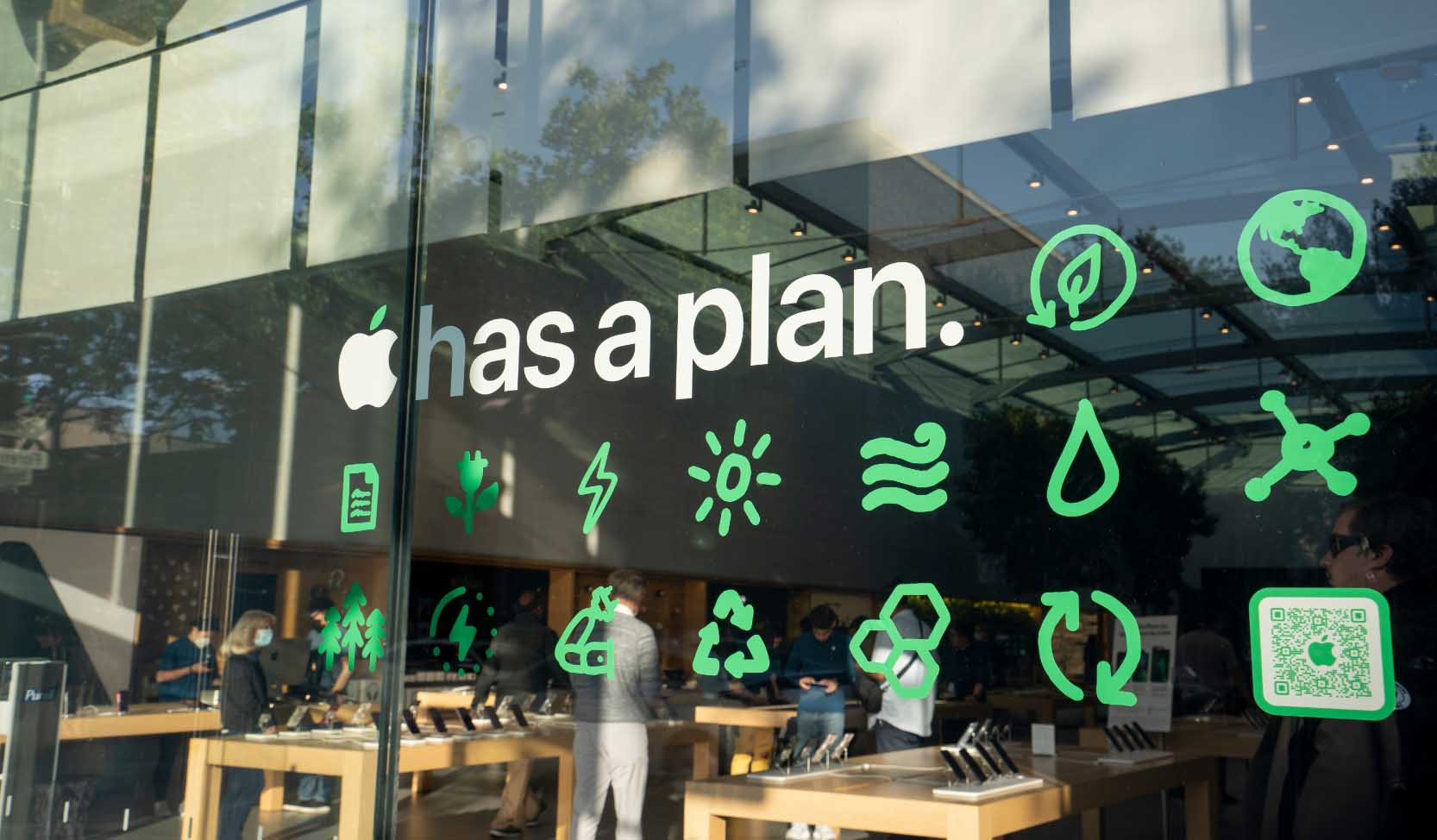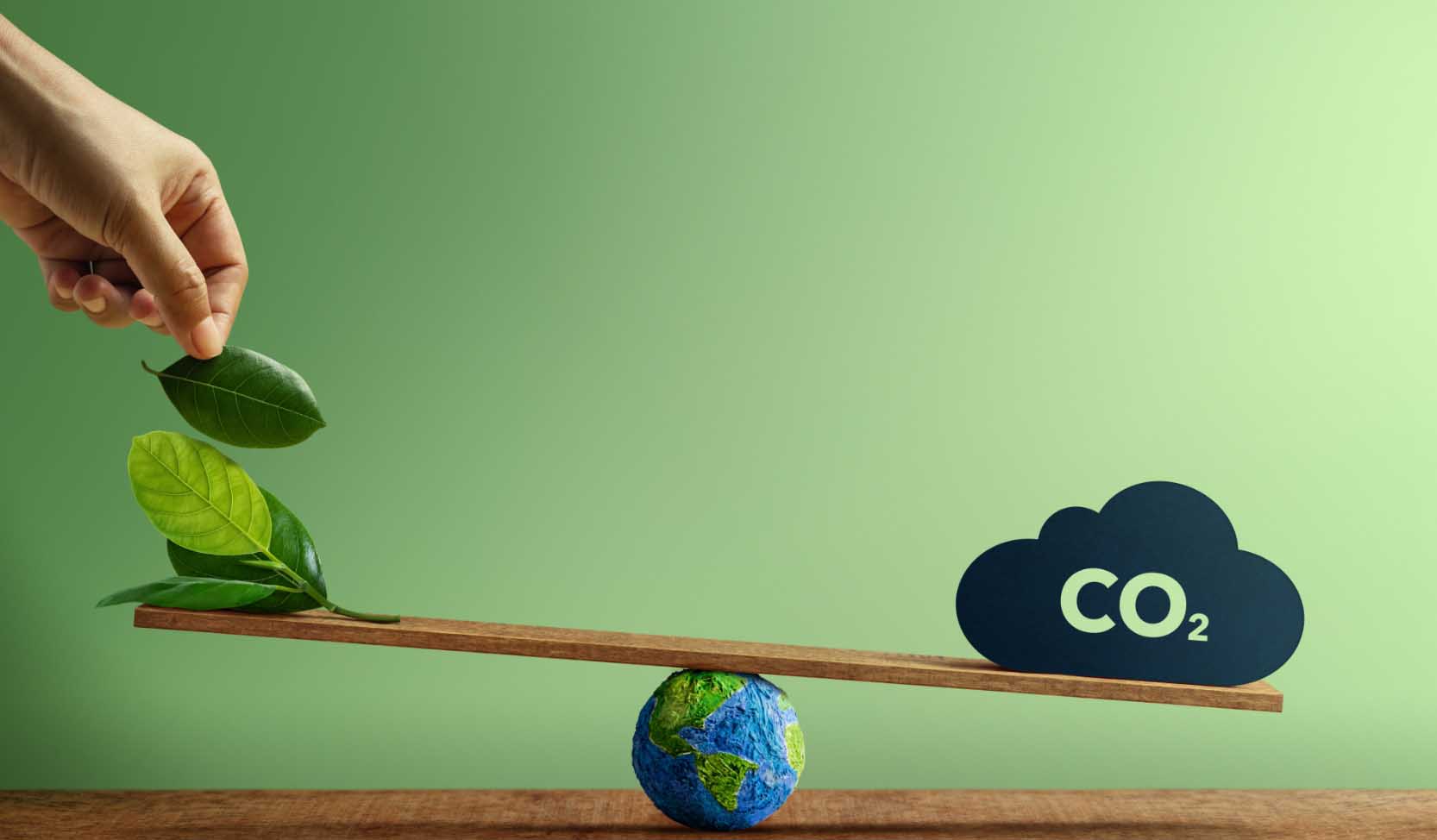
The Role of Businesses in Combating Climate Change: Achieving Net Zero Emissions Goals
“That materialistic ideals have, in the light of experience, failed to satisfy the needs of mankind calls for an honest acknowledgment that a fresh effort must now be made to find the solutions to the agonizing problems of the planet.”

The disastrous impacts of climate change are apparent to people all around the world. That's why governments worldwide are setting up agreements, policies, and goals to tackle this issue head-on. In addition, many companies and businesses are also taking steps to align themselves with these goals and policies. One of the most prevalent measures they are implementing is striving to achieve net zero emissions.

What Does “Net Zero” Emissions Mean?
Simply put, net zero emissions occur when companies take out more carbon and greenhouse gases from the air than they release.
This can be accomplished by implementing various measures, including reducing and removing emissions from the atmosphere through methods such as carbon capture technologies and reforestation and tree planting projects.
Net zero emissions are crucial to mitigate the impact of climate change and maintain a sustainable future for the planet.
Why are businesses making the move?
The global targets set in the Paris Agreement aim to limit global warming to well below 2 degrees Celsius, with an ultimate target of 1.5 degrees. However, using artificial neural networks — a type of machine learning model inspired by the structure and function of the brain— trained on climate data, a 2023 study predicts that we are likely to exceed the 2 degrees Celsius limit.1

That is why many business leaders are trying their best to transition towards net zero gas emissions. They know that, as IPCC Sixth Assessment Report (P.325) demonstrates, reaching net zero emissions is the primary prerequisite to control global warming.
Microsoft, with One of the Most Ambitious Targets
Microsoft initiated a new ambitious goal in 2020 to cut down its emissions to zero by 2030. The behemoth plans to remove all the carbon it has emitted into the air, since its founding in 1975, by 2050. Microsoft’s progress toward this goal is detailed in the company’s annual Environmental Sustainability Report for 2021.

The report offers valuable insight for other businesses to understand the obstacles and challenges as well as innovative scientific approaches to achieve net zero emissions.
For example, they have been able to decrease their direct and indirect emissions significantly, but their emissions from activities outside their control have since been rising.
Scopes 1, 2, and 3 Greenhouse Gas Emissions Emitted by Companies
Scope 1: The direct emissions the company produces, such as the fumes its vehicles produce to transport products.
Scope 2: The indirect emissions, including electricity consumption, steam, heating, or cooling, for instance, the electricity a business uses to power its buildings and plants.
Scope 3: The indirect emissions from sources the organization does not own or control, for example, product packaging and the emissions related to the disposal or recycling of products at the end of their useful life.
According to Microsoft's report, the largest contributor to the company's carbon emissions – an enormous 12 million tons - is scope 3 emissions, which are notoriously difficult to manage compared to the relatively lower emissions of 100,000 tons in scope 1 and 4 million tons in scope 2.
While the company has implemented more efficient production technologies and sustainability training for their employees, they still face challenges in controlling emissions generated by certain products such as Xbox and Surface devices. These gaming consoles, touchscreen personal computers, and interactive whiteboards are all popular products that contribute significantly to the company's overall carbon footprint.
Net Zero Strategies for Businesses
Decarbonizing Transportation: Amazon is setting an example for achieving more sustainable transportation. They have purchased 100,000 electric delivery vehicles and successfully delivered 100 million packages with electric vans in 2021 alone. Their ambitious goal is to achieve net-zero carbon shipments by 2030.2
Implementing energy efficiency: This is an affordable business sustainability practice as it involves small changes in businesses’ infrastructure compared to transitioning to renewable energies. Since 2015, Apple has been actively engaged with suppliers to find ways for them to reduce their energy use by replacing outdated and insufficient “heating, cooling, and lighting systems; repairing compressed air leaks; and recovering waste heat.”3

“An Apple Store window has an "Apple has a plan" sign, demonstrating the company's commitment to environmental progress.”
Improving Packaging: Packaging worldwide is responsible for roughly 1.5% of global greenhouse gas emissions.4 However, we can take several carbon-neutral initiatives to reduce this impact, such as eliminating unnecessary packaging, using reusable packaging, and implementing compostable packaging solutions. For example, Nike recently eliminated one of the two packages used for their shoes, resulting in a 51% waste reduction in their packaging process. These efforts have made Nike more sustainable and eco-friendly. 5
Tree Planting to Achieve Net Zero Emissions
Many businesses and corporations either directly or indirectly plant trees to remove the carbon they have emitted from the earth.
Tentree, a sustainable clothing company, is one of these businesses that plants 10 trees for each item purchased. They have planted nearly 100 million trees so far, and their goal is to plant 1 billion trees by 2030.

Planting trees is also a convenient opportunity to reduce the carbon footprint generated by your business. The Planting Hope program offers your company one-time and monthly tree-planting packages to help your business create a more sustainable future.
You can plant 50, 500, or any other custom number of trees you desire. Each mature tree absorbs about 22 kilograms of CO2 from the atmosphere each year and, in exchange, releases oxygen. So, click on our Donate Now to remove the carbon your business has emitted into the air.
Clean Energy Investment Rises but Falls Short Against Climate Change
According to data from the International Renewable Energy Agency, investments in renewable energy, energy efficiency, and other transition-related technologies have risen by 70% since the start of the pandemic in 2019.6
With only $1.3 trillion allocated compared to the required $5 trillion, investments still need to catch up with the agency’s annual goals required to limit global warming to 1.5 degrees Celsius and achieve net zero emissions. Additionally, as per the agency's findings, these investments are concentrated primarily in a few countries and regions, leaving more than half of the world's population, mostly from developing countries, with only 15% of the total investment.
Read Our Insightful Blog Posts

Agroforestry: Revolutionizing Farming, Empowering Farmers, and Protecting the Planet
Discover the benefits of agroforestry, a sustainable solution that supports farmers and environmental protection.

The Joy of Giving: Unveiling the Neuroscientific Reasons Behind Charitable Donations
Uncover the neuroscience behind charitable giving and discover how acts of generosity can significantly uplift your mood, enhance social bonds, and contribute to a more fulfilling life.

Nuclear Power Phase-Out in Germany: A Shift Towards Renewable Energy Sources
Join us as we discuss nuclear energy, its advantages and disadvantages, and explore Germany's nuclear power phase-out and its transition towards renewable energies.
Green Your Inbox!
With our Newsletters, Stay updated on our Stories of Change and Growth.
As a gift, get a personalised Nature E-card from PH.

